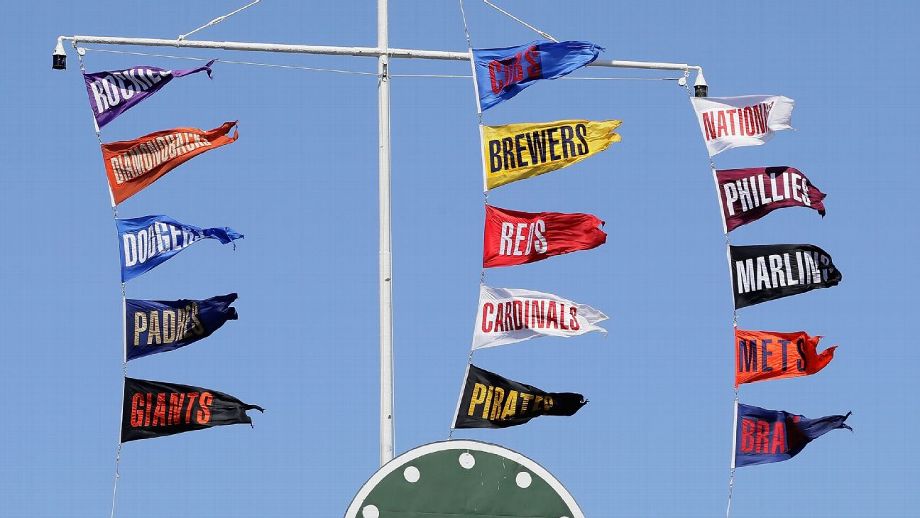UPDATE: Major League Baseball Commissioner Rob Manfred just announced groundbreaking plans for MLB’s future, signaling a potentially dramatic shift in the league’s structure. During an appearance on ESPN’s “Sunday Night Baseball” on August 17, 2025, Manfred discussed how the anticipated expansion to 32 teams could lead to a major realignment of divisions and playoff formats.
This news is crucial for baseball fans and stakeholders alike, as it could reshape rivalries, travel logistics, and playoff opportunities across the league. Manfred emphasized that expansion provides a unique chance to geographically realign teams, which could significantly reduce travel strain for players.
The commissioner stated, “If we expand, it provides us with an opportunity to geographically realign… our postseason format would be even more appealing for entities like ESPN.” This statement indicates that changing the division structure could not only enhance the viewing experience but also boost the league’s marketability.
The discussion on realignment gained momentum after the 2023 Arizona Diamondbacks made history as a No. 6 seed, ultimately reaching the World Series. Their success raised questions about the current playoff format and how it influences team performance. Had Arizona been placed in a different division, their postseason run may have been impossible.
As the league contemplates expansion, potential cities like Nashville and Montreal are emerging as favorites for new franchises. However, the exact locations remain uncertain, leading to widespread speculation among fans and analysts. The possibility of adding teams in the Pacific and Mountain time zones raises concerns about divisional assignments and travel logistics.
The future structure of MLB will also include a heated debate on the number of divisions—will it be four, eight, or even two? The implications of these changes could lead to a significant reconfiguration of rivalries. Traditional matchups like Yankees-Red Sox and Giants-Dodgers may shift, creating new dynamics in fan engagement and attendance.
Moreover, the potential impact on playoff formats cannot be overlooked. Manfred hinted at a need for a more competitive postseason landscape, which could see a shift from the current 12-team setup to potentially 14 teams, each vying for a chance at the championship.
Baseball fans should brace for an evolving landscape, as the league will address many critical questions in the coming years. The importance of maintaining rivalries, market size considerations, and the scheduling formula will all play pivotal roles in shaping the future of the sport.
As MLB moves toward expansion, the entire baseball community is encouraged to engage in these discussions. The outcome will not only affect the teams but also the passionate fanbases that live and breathe the game.
Stay tuned for more updates as these developments unfold—this is just the beginning of a transformative era for Major League Baseball.
